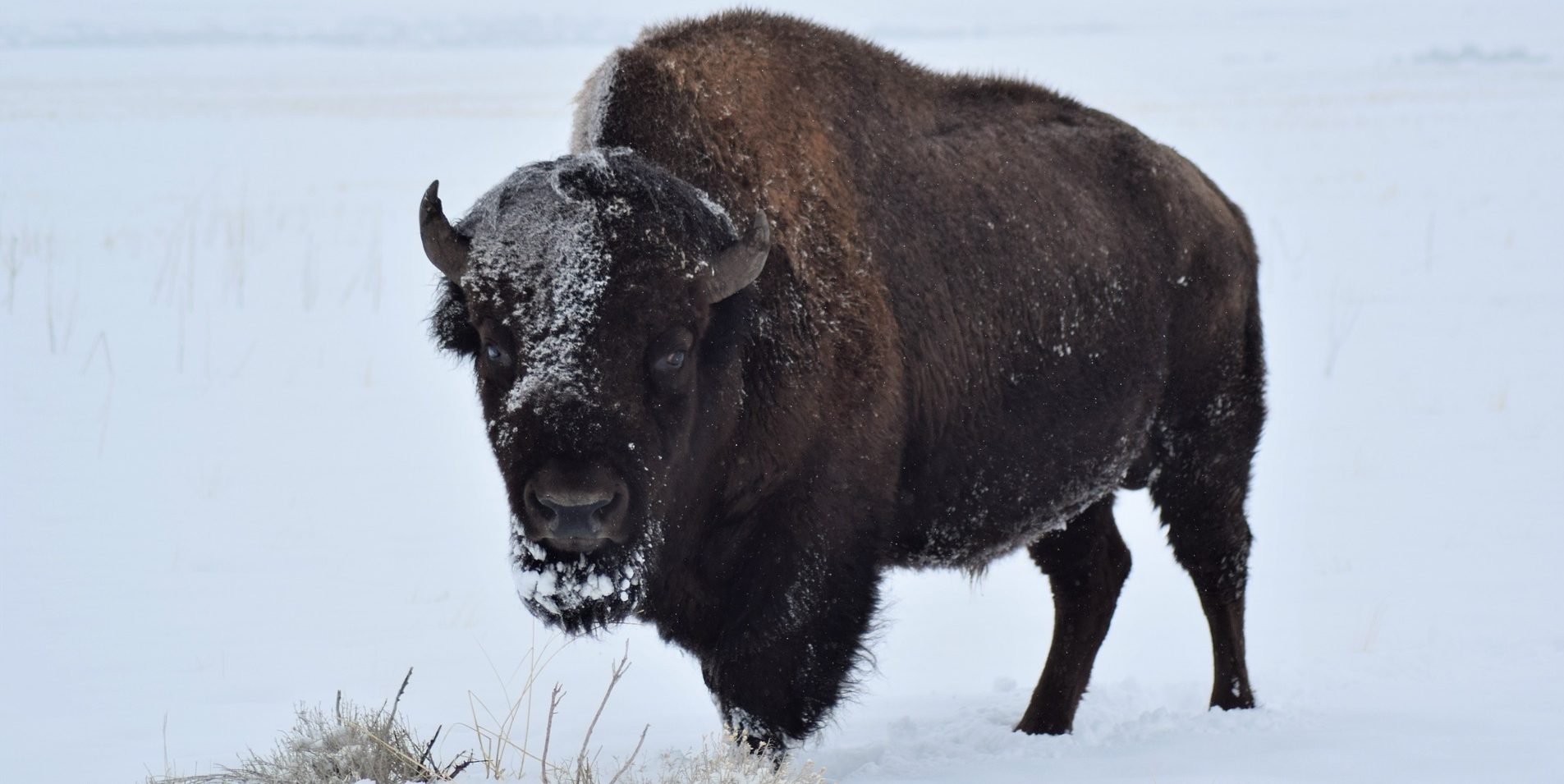
25 Jan Hanging Onto This New Normal
25 January 2022
By David Allen, Development for Conservation
It’s hard to believe now, but there was once a time, years ago, when the primary germ concerns were about washing your hands before dinner. Killer pandemics were the stuff of Stephen King and Michael Crichton novels.
Before COVID (BC).
Way back then, many land trusts had experienced a sort of stasis related to numbers of donors. I called it the 300-Member Trap. The trap was related to the number of donors lapsing every year being offset by the number of first donors. An astonishing number of land trusts have between 200 and 400 annual donors, because it’s relatively easy to recruit 80-140 new donors every year and maintain a 60-70% renewal rate.
But then the pandemic happened.
In 2020 we saw record numbers of new people flooding onto our preserves. Tired of being locked in, everyone needed somewhere to get outside. Parents needed to get their families out. Kids rediscovered running around and exploring.
Parking lots were jammed. Trails overpopulated. Stewardship programs stressed. “The land is the answer,” says LTA’s Andrew Bowman. And so it was in 2020.
But that’s not all – these newfound converts gave money as well. They became new donors and new members. Land trusts across the country reported record recruitment. One organization went from recruiting 250 new members per year to more than 1,000 in 2020. Many others doubled.
The question I had then, and to some extent still have now, is “Can we keep them?”
The answer seems to be YES so far. At least in the sense that many of these same organizations are reporting another banner year for recruitment and fundraising. One land trust, cautiously optimistic about raising $800,000 in 2021, ended the year raising more than $1.1 million.
How are you doing? Did you have a good year as well? Was recruitment UP? Revenue UP? Optimism UP?
Love to hear about your results. Feel free to brag!
But there is reason to be somewhat circumspect as well.
Donor numbers are related to reducing attrition to be sure. But they are more related to recruitment. Can we sustain the same level of recruitment? Or will this be a blip – certainly nice while it lasts, but eventually returning us into the 300-member trap?
What is likely to happen in the next few years?
Metrics can help. Try this:
Calculate your background attrition rate. How many 2018 donors also gave in 2019? What percentage did you lose? Same for 2019 donors who also gave in 2020. 60-70% renewal (30-40% attrition) is a common experience. 70-75% renewal (25-30% attrition) is probably a sweet spot. More than 75% renewal (less than 25% attrition) looks great as long as there are lots of new members.
Let’s say your background attrition rate is 30%. Now count your NEW members in 2020 and 2021 and divide those numbers by 30%.
- If you had 100 new members, the model predicts a “new normal” of 333 donors.
- If you had 150 new members, the model predicts a “new normal” of 500 donors.
- If you had 500 new members, the model predicts a “new normal” of 1,666 donors.
And so on.
BUT – ONLY if you can maintain that same level of recruitment.
The number of donors you will have in any given year is related to retention of last year’s donors to be sure, but there will ALWAYS be some attrition. You will need to recruit new donors as well.
You can improve retention by investing in better communications and engagement.
- Understand that these new members gave money impulsively. Survey them to get a better sense of what that impulse was, and then feed those narratives through newsletters, ENews, and social media.
- Use the phone, at least to say thank you. When you do talk to someone, try to get a sense of who they are and why they gave.
- The percentage of your donors who are in their first few years of association will be substantial (calculate it!). Understand that these new donors know far less about conservation and land trust work than other donors do. Simply your messaging.
- Diversify your engagement events. Avoid the temptation to add more field trips or Thursday evening lectures just because they are attracting more people than before. Try to offer engagement activities that will attract new audiences.
Do all of these things – YES! But also understand that the only way to capture this “new normal” is to continue to recruit.
Many people “discovered” your preserves and trails last year and in 2020, and many of them gave money as new donors. But still more did not. How can you reach out to those who did not? Some were attracted to preserves and trails because they were local. Could we mail to people who live near preserves and trails? Others were looking for family activities. Is there a way to more effectively reach out to families?
What can you do to maintain the current level of recruitment? Are you prepared to spend some of your “new money” to make recruitment happen?
Cheers, and Have a great week!
-da
Photo by Lindasay courtesy Pixabay
PS: Your comments on these posts are welcomed and warmly requested. If you have not posted a comment before, or if you are using a new email address, please know that there may be a delay in seeing your posted comment. That’s my SPAM defense at work. I approve all comments as soon as I am able during the day.



Kate Patton
Posted at 16:22h, 25 JanuaryThis looks like a good exercise for our Development Committee.